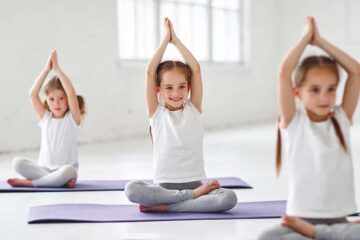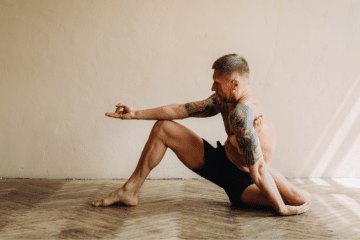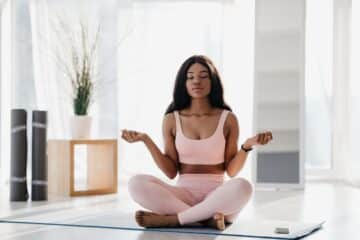In the midst of life’s busyness and demands, the quest for deep relaxation becomes an essential journey for restoring balance, rejuvenating the spirit, and nourishing the soul.
Deep relaxation is not merely a luxury but a vital practice that fosters holistic well-being and resilience in the face of life’s challenges.
In this article, we explore the art of deep relaxation, its significance, and practical techniques for cultivating profound states of relaxation in body, mind, and spirit.
Understanding Deep Relaxation
Deep relaxation is a state of profound calmness and ease that permeates the entire being – body, mind, and spirit. It involves releasing physical tension, quieting the chatter of the mind, and surrendering to the present moment with openness and receptivity.
Deep relaxation is not about escaping from reality but rather about embracing it fully, allowing ourselves to let go of stress, worries, and distractions, and reconnect with our inner essence.
The Importance of Deep Relaxation
In today’s fast-paced world, stress has become a pervasive and insidious force that takes a toll on our physical, emotional, and mental well-being.
Deep relaxation serves as an antidote to stress, helping to reduce tension, lower blood pressure, and promote a sense of inner peace and tranquility.
Moreover, deep relaxation is essential for fostering creativity, clarity of mind, and emotional resilience, enabling us to navigate life’s challenges with grace and equanimity.
Practical Techniques for Deep Relaxation:
- Progressive Muscle Relaxation: This technique involves systematically tensing and relaxing different muscle groups in the body, starting from the feet and working your way up to the head. By consciously releasing tension in each muscle group, you can achieve a state of deep relaxation and calmness.
- Deep Breathing Exercises: Deep breathing exercises, such as diaphragmatic breathing or belly breathing, help activate the body’s relaxation response and promote a sense of calmness and relaxation. Focus on slow, deep inhalations and exhalations, allowing the breath to flow naturally and effortlessly.
- Guided Imagery and Visualization: Guided imagery and visualization involve using the power of the imagination to create a mental image of a peaceful and serene environment. By immersing yourself in this imaginary landscape, you can evoke feelings of relaxation, joy, and tranquility.
- Mindfulness Meditation: Mindfulness meditation involves bringing focused attention to the present moment, without judgment or attachment. By cultivating mindfulness, you can observe the sensations, thoughts, and emotions that arise in the present moment, fostering a sense of inner peace and acceptance.
- Yoga Nidra: Yoga Nidra, also known as yogic sleep, is a guided meditation practice that induces a state of deep relaxation and heightened awareness. By systematically relaxing the body and mind, you can enter a state of profound rest and rejuvenation that is equivalent to several hours of deep sleep.
Benefits of Deep Relaxation
The benefits of deep relaxation extend far beyond the physical body, permeating every aspect of our lives. Deep relaxation reduces stress and anxiety, enhances immune function, improves sleep quality, and promotes emotional well-being.
Moreover, deep relaxation fosters a deeper connection to ourselves and the world around us, allowing us to experience life with greater presence, joy, and gratitude.
Conclusion
In the hectic pace of modern life, deep relaxation serves as a sanctuary of stillness and peace amidst the chaos. By incorporating practical techniques for deep relaxation into our daily lives, we can cultivate a profound sense of calmness, clarity, and well-being that nourishes body, mind, and spirit.
As we embrace the art of deep relaxation, may we rediscover the innate wisdom and serenity that reside within us, and may we journey through life with grace, ease, and profound gratitude for the gift of each moment.



